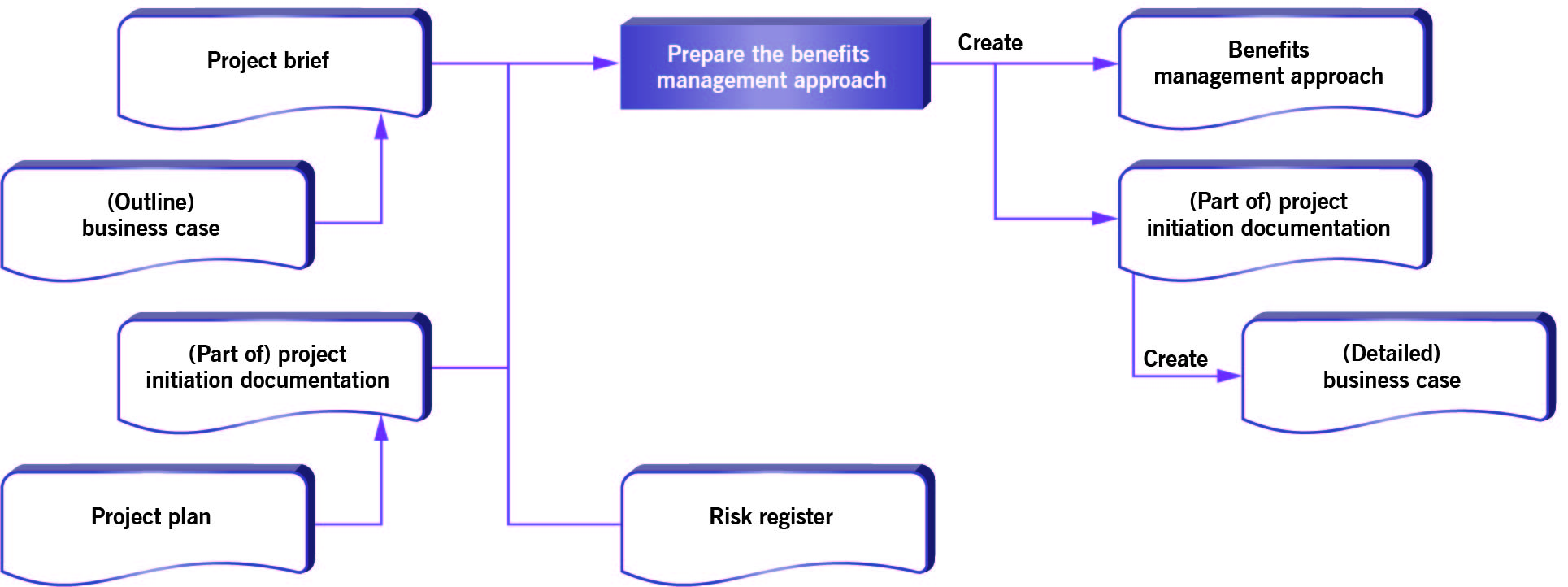How to write a Business Case (BC)?

A Business Case describes the reasoning behind starting a project or activity.
It is often presented in the form of a well-structured written document, but sometimes it can take the form of a presentation or a simple verbal agreement. The logic of the business case is that whenever economic, tangible or intangible resources are consumed, this should be in support of a specific business need.
What is a Business Case?
A Business Case represents the justification of a project and includes timescales, costs, benefits and risks.
The continuing viability of a project is tested against the Business Case. It offers useful information that helps to determine whether a project is (and continues to be) desirable, feasible and achievable.
What is Business Case in Project Management?
Often during the course of a project, the focus is on what is being done and how losing sight of the ‘why’.
Business Case is an essential element because it defines why it is worthwhile to continue the project.
The Business Case is used to document the justification for the execution of a project based on the estimated costs and benefits, taking in consideration the possible related risks.
Within the PRINCE2 approach the Business Case is seen as a test for the viability of the project; answering the question ‘is the investment still valid?”
The Business Case is not static: it is maintained for the complete course of the project and constantly adjusted for new information on costs, risks and benefits.
Within the PRINCE2 approach, the Business Case is usually developed at the beginning of a project and maintained for the complete lifecycle of the project. The Business Case is subjected to formal verification by the Project Committee at each key decision-making moment and confirmed during the period in which the benefits are confirmed.

Composition of the Business Case
The Business Case has to describe the motive to undertake the project. It has to contain the following elements:
- Executive summary: highlights the key-points of the Business case and must include the benefits and the ROI (return of investment).
- Reason: elaborates the reasons why it is necessary to undertake the project and how the business strategies and objectives are included.
- Business options: analysis of the possible options; no initiative, minimum action or take action.
- Expected benefits: the benefits that will be delivered by the project, expressed in measurable terms. Both qualitative and quantitative benefits are mentioned, in line with the defined business benefits. It is important to establish the current state of the benefit in measurable terms in order to be able to evaluate progress after completion of the project. Measurable benefits are also used to establish the methods and moments for measuring improvements.
- Expected dis-benefits: The measurable decline resulting from an outcome perceived as negative by one or more stakeholders. Dis-benefits are consequential effects that reduce one or more organizational objective. Dis-benefits have to be assessed and incorporated in the investment assessment. The difference between dis-benefit and risk is that the latter has a level of uncertainty, the dis-benefit has not.
- Timescale: Execution times of the project in which the benefits should be realized.
- Costs: Summary of the costs, including the current operating costs and the maintenance costs of the project in respect to the financial plan.
- Evaluation of the investment: compares benefits and dis-benefits with the costs of the project and the ongoing costs of operation and maintenance.
- Main risks: assessment and summary of all main risks related to the project, their probable impact and action to undertake when the risks materialize.

Where can I find more data/sources to elaborate on the Business Case?
The executive is the one accountable for the Business Case. This does not mean that he/she is the one that actually writes it; however, he/she is responsible for the creation and the approval.
Within the PRINCE2 the Business Case primarily derives from the project mandate and is developed in the pre-planning phase to obtain the approval of the Project Committee.
The final Business Case takes it to shape by the information from the project plan and risk assessment.
The Business Case contains elements of:
- Project Mandate and Project Brief – the project’s motives.
- Project plan – costs and planning.
- Expected benefits – in line with business benefits.
- Economic analysis – elaborated information of the economic environment.
- Risk register – information related to identified risk, including their status and history.
- Issue log – all information related to possible issues.
Format
The Business Case can be delivered in several formats, of which:
- The document, spreadsheet or presentation slide.
- File within a project management tool.
The Business Case is the base of all decision making processes and ensures that the project maintains its justifications, that business goals are met and that expected benefits are realized.
Download here your copy of the customized Business Case PRINCE2 2017, provided by QRP International!
PRINCE2® is a registered trademark of AXELOS Limited, used under permission of AXELOS Limited. All rights reserved.







